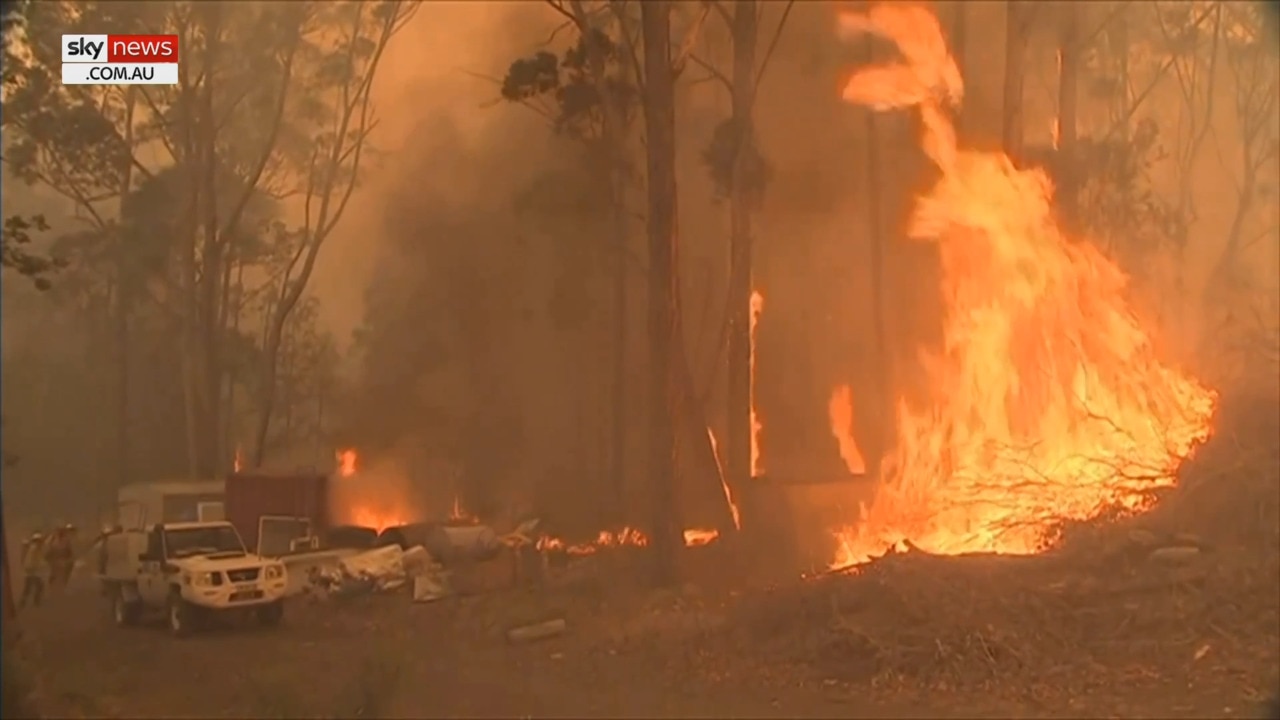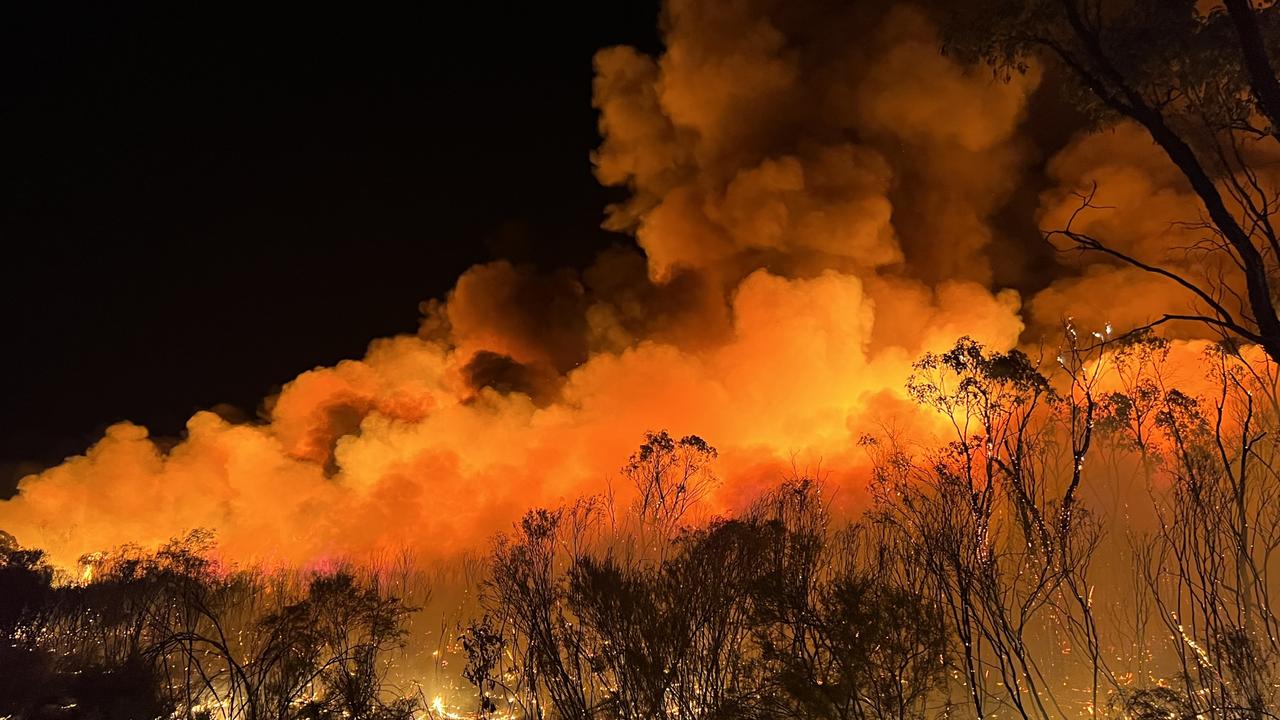From Evaluation to Action: Utilizing Your BAL Report to Mitigate Bushfire Ris
From Evaluation to Action: Utilizing Your BAL Report to Mitigate Bushfire Ris
Blog Article
Just How BAL Report Impacts Shrub Fire Protection Steps
In the world of bush fire protection, the Building Strike Level (BAL) record stands as an important device that considerably influences the security and durability of residential properties in fire-prone locations - BAL Report. The impact of a BAL analysis extends far beyond simple documentation; it acts as the foundation for figuring out the appropriate building requirements and fire defense measures essential to mitigate the risks positioned by bushfires. As neighborhoods grapple with significantly extreme fire periods, recognizing how the BAL record forms these protective procedures comes to be critical for property owners, policymakers, and building contractors alike
Recognizing the Bushfire Strike Degree

Significance of BAL Report Assessment

Additionally, the BAL report analysis offers as a foundational action in abiding by lawful commitments and requirements associated with bushfire protection. Local councils and authorities typically mandate the entry of a BAL record as component of the planning and structure authorization process to ensure that residential properties are adequately protected against bushfire threats. Failing to conduct a comprehensive BAL report evaluation can cause poor defense actions, leaving properties at risk to ravaging bushfire occurrences.
Building Specifications Based on BAL
A detailed understanding of the Bushfire Assault Level (BAL) enables property proprietors to apply building and construction criteria customized to their specific threat account. Building requirements based on BAL are important in alleviating the effect of bushfires on residential or commercial properties. The BAL rating classifies the possible danger a property deals with during a bushfire on a range from BAL-Low to BAL-FZ (Fire Area)
Executing Fire Protection Measures
With the structure of building requirements based on Bushfire Strike Level (BAL) in position, the emphasis now shifts in the direction of the functional application of fire defense actions to strengthen homes against bushfire dangers. Executing fire protection actions includes a mix of passive and active strategies to boost the durability of buildings in bushfire-prone areas. Easy steps include making use of fireproof structure materials, mounting ember guards on vents, securing hop over to these guys spaces in wall surfaces and roofings, and maintaining a clear room around the residential or commercial property without combustible vegetation. Energetic measures include having firefighting equipment easily offered, such as hose pipes and water pumps, along with creating a defendable room around the building by removing plant life and having a well-maintained yard. Additionally, establishing a discharge plan and making sure all homeowners understand emergency treatments are crucial components of efficient fire security actions. By integrating both passive and active methods, residential or commercial properties can significantly minimize their susceptability to bushfire cases and increase the safety of residents.
Shielding Houses Versus Bushfires
Properly protecting homes against the harmful effects of bushfires requires a aggressive and thorough method to fire security measures. House owners living in bushfire-prone locations should focus on the application of various strategies to enhance their residential or commercial property's strength versus wildfires. One essential element is developing a defensible room around the home by preserving a clear zone cost-free of combustible products. see this page This includes routinely trimming plant life, getting rid of dead plants, and guaranteeing a secure distance between structures and trees. Setting up fireproof roofing materials can additionally substantially lower the risk of coal strikes and direct flame contact. In addition, sealing vents and voids to stop ember intrusion, in addition to including fire-resistant doors and windows, can assist fortify the home's defense versus bushfires. Buying a reputable water source, such as a well-kept lawn sprinkler system or a committed water tank, is critical for providing water during fire emergency situations - BAL Report. By embracing a proactive position and integrating these protective measures, house owners can dramatically enhance their opportunities of safeguarding their homes against bushfires.
Final Thought
Finally, the Bushfire Assault Degree (BAL) report plays a critical role in identifying the required security procedures against bushfires. By assessing the BAL, construction standards can be customized to alleviate the dangers and ensure the security of homes in fire-prone locations. Applying fire protection procedures based on the BAL record is vital in protecting residential properties from potential bushfire dangers. It is necessary for property owners to prioritize BAL analyses and follow advised construction requirements to boost bushfire resilience.
In assessing bushfire risk to residential properties, recognizing the Bushfire Strike Level (BAL) is a crucial part for executing efficient protection actions. Overall, a clear understanding of the Bushfire Assault Level is essential for implementing adequate defense procedures and alleviating the influence of bushfires additional hints on residential or commercial properties.

Report this page